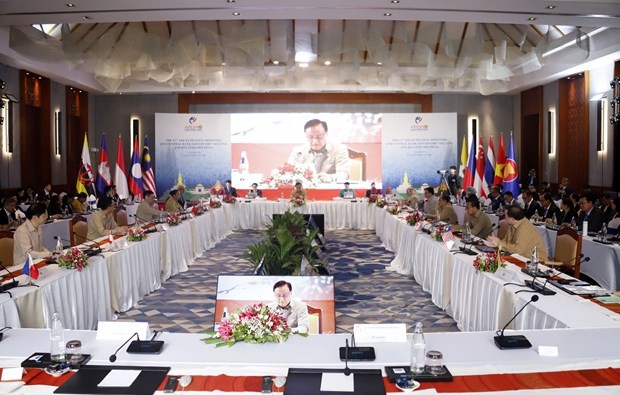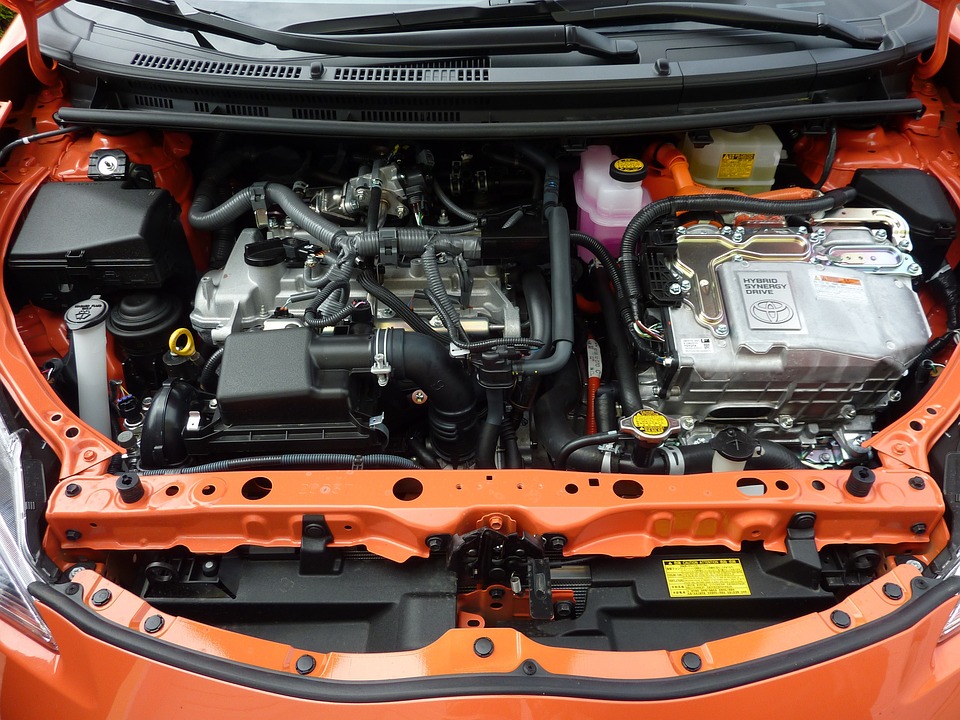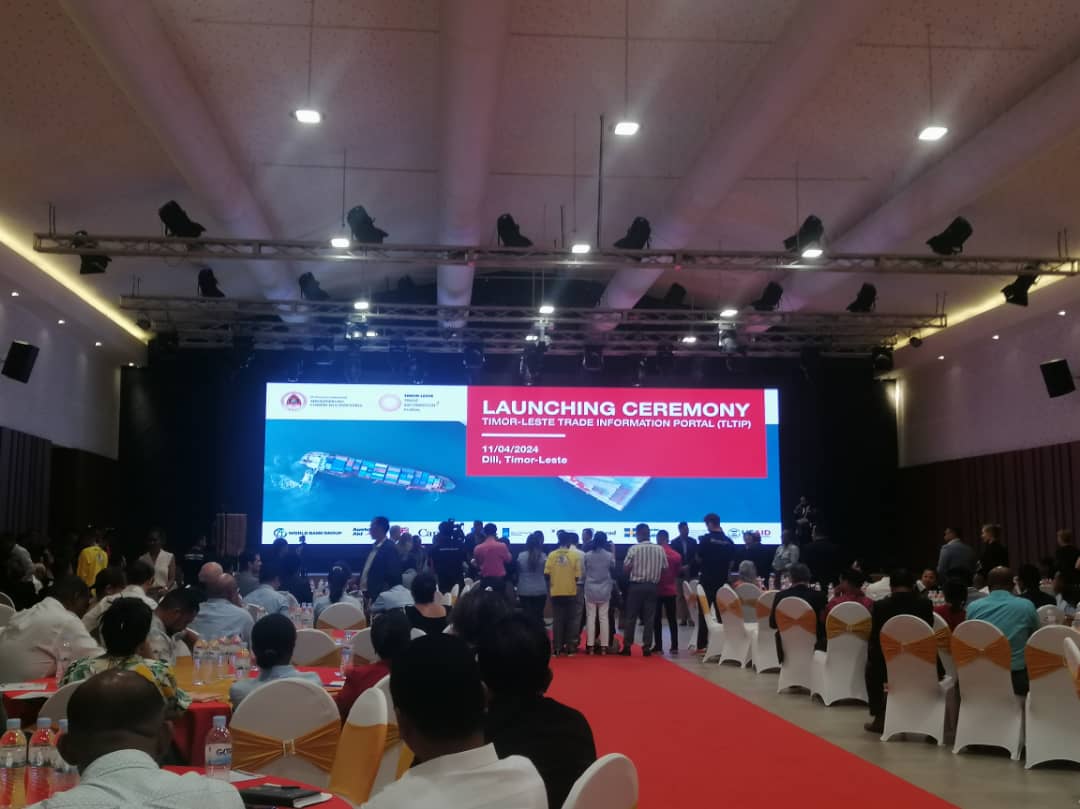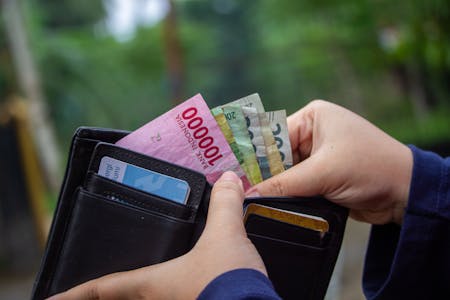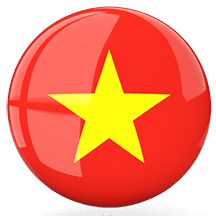Thailand has seen a rise in investment from Taiwan as the Southeast Asian nation seeks to build up its electric-vehicle and chip industries, even as it stays open for business with mainland China.
One of the newest symbols of this expansion is a plant by Taiwan's Delta Electronics in an industrial park in Samut Prakan province, east of Bangkok.
During a visit last moth, Prime Minister Srettha Thavisin said his government was happy to support the project, which is in line with the Ignite Thailand vision to promote the domestic EV industry in Southeast Asia's top auto producer. The government has offered tax incentives and other attractions for investment.
Delta's new plant will make equipment for vehicles and EV chargers. The roughly 3 billion baht ($82 million) facility includes a research and development center.
Delta's Thai subsidiary is listed on the Bangkok stock market and ranks among the top three companies in market capitalization. Growing geopolitical risks have pushed the Delta group to scale down production in China and expand investment in Thailand.
Srettha credited Delta for "bolstering Thailand's supply chain ecosystem" for EVs and said that the government will continue to provide support.
Elsewhere in Thailand's EV sector, iPhone assembler Hon Hai Precision Industry, also known as Foxconn, has joined forces with state-owned energy group PTT to build a plant that will manufacture EVs on contract. Taiwan's Kymco has partnered with PTT to roll out electric motorcycles in the Thai market.
Taiwanese companies are investing in Thailand's semiconductor industry as well. Circuit board maker Zhen Ding Technology and Thai conglomerate Saha Group will build a plant in Thailand's east. The first phase of the project is expected to cost 10 billion baht, with operations slated to begin next year.
Source : NIKKEI ASIA
DILI, Timor-Leste, April 9, 2024 — To facilitate cross-border trade and provide more transparent and predictable trade information for businesses, the Timor-Leste Ministry of Commerce and Industry today launched the Timor-Leste Trade Information Portal (www.tip.mci.gov.tl), which has been supported by the World Bank.
Through the portal, the government aims to make import and export activity easier and less costly. The portal is also intended to reinforce the country’s efforts to integrate into regional and global markets.
"The Timor-Leste Trade Information Portal aims to improve the country's business environment,” said Timor-Leste Deputy Prime Minister Francisco Kalbuadi Lay. “With access to the right information at the right time, local businesses will be able to confidently venture into regional and international markets —helping to diversify the economy and improve the life of our people through trade."
The web-based system provides a single source for all cross-border trade information. Over 165 laws, regulations, procedures, and other trade-related measures from 22 different government agencies are now accessible online. Businesses can also find licenses, permits, and applicable fees through the portal.
The portal is the latest government initiative to improve cross-border trade and create a conducive business environment and follows Timor-Leste's accession to the World Trade Organization (WTO) in February. The development of the portal complies with the WTO Trade Facilitation Agreement and is aligned with the country’s post-accession strategy. Once launched, the portal will also meet ASEAN National Trade Repository (NTR) requirements for transparency on trade laws and procedures in line with the ASEAN Trade in Goods Agreement (ATIGA) by providing.
"Trade is an important engine of growth for Timor-Leste," said World Bank Country Manager for Timor-Leste Bernard Harborne. " Having fast and easy access to trade information and procedures is crucial for traders and investors. The Timor-Leste Trade Information Portal is an essential piece of a larger, on-going effort by Timor-Leste to grow its private sector and create jobs and opportunities. The World Bank firmly supports these efforts."
It is hoped that a single, easily searchable platform containing all trade regulations and procedures will be especially useful to smaller enterprises interested in or involved in the import, export, and transit businesses. Another anticipated benefit from greater transparency is expected to be feedback from stakeholders about ways government could modernize and simplify regulations and procedures.
“The portal is an active response towards meeting the needs of the private sector,” said Chairman, Timor-Leste Chamber of Commerce – Jorge Serano. “We anticipate that it will greatly contribute to the ease of doing business and our members will be active users of the platform.”
As part of the World Bank’s engagement in Timor-Leste, the creation of the portal was supported by the Trade Facilitation Support Program, which is managed by the World Bank and funded by nine donor partners:
Australia, Canada, the European Commission, the Netherlands, Norway, Sweden, Switzerland, the United States, and the United Kingdom.
Visit: https://timor-lestetradeportal.com to find out more
Source: here
Source: click here
Indonesia explores agricultural and aquaculture cooperation with Vietnam to solidify their positions in Southeast Asia, according to Minister of Cooperatives and Small and Medium Enterprises (SMEs), Teten Masduki.
During a meeting with the chairperson of the People's Committee of Vietnam's Dak Lak province, Hyim Kdoh, on Friday, Masduki said that the two countries have an important role in the agricultural and aquaculture sectors in the region.
He said that Indonesia and Vietnam will explore the potential for cooperation in agriculture and aquaculture business modernization through digitalization, as well as research and development to improve the quality and competitiveness of agricultural and fishery products in the global market.
The two countries will also collaborate in the development of business models and partnerships in fisheries and agricultural supply chains in the region.
Masduki also said that several commodities are being developed in Indonesia, such as seaweed, shrimp, eel, palm oil, coconut, red ginger, rice, fruits, bamboo, and rattan. Vietnam is focusing on developing barramundi fish, shrimp, and lobster.
Agricultural commodities such as durian, mango, and jackfruit are widely grown in Indonesia; thus, there are promising cooperation opportunities for Indonesia and Vietnam, he said.
Source: click here
Sumadi spoke about the transportation projects during a working meeting with the House of Representatives (DPR) in Jakarta on Tuesday (April 2). He stated that the presence of transportation infrastructure is expected to have a positive impact on the community in increasing mobility and connectivity between regions, so that it can increase overall economic growth.
He said that the ministry is committed to boosting the development of transportation infrastructure through its policy and budget priorities in 2024. This commitment is realized through developing productive connectivity infrastructure, improving safety and security and human resources of the transportation sector, and conducting equitable distribution of national development.
It also focuses on implementing pro-people programs, the sustainable Multi-Year Contract (MYC) program, the national fulfillment, national strategic projects (PSN), planning and development of the Nusantara Capital City, urban mass transportation, as well as encouraging the use of new and renewable energy.
Source: click here
Source: click here
Spokesperson of the Economic Affairs Coordinating Ministry Haryo Limanseto noted that the 14 projects are of enormous investment value and will bring about far-reaching economic impacts through the sectors of transportation, infrastructure, energy, health, and telecommunication.
He also stated that the PSNs encompass not only physical infrastructure, as the projects are also meant to ensure an equitable economy, ample food stocks, as well as developments in border regions, technology, tourism, and education. He underlined that the development of the 14 new PSNs is fully funded by capital invested by private actors. The official also noted that the government had initially coordinated with relevant stakeholders and conducted thorough studies before determining the new PSNs.
According to Limanseto, the 14 newly announced projects are scattered in several provinces, namely Riau Islands, Banten, Jakarta, West Java, East Java, East Kalimantan, Central Sulawesi, and Southeast Sulawesi. In detail, the projects involve eight industrial zones; two tourism zones; two toll roads; one educational, research, technology and health zone; and one offshore oil and gas project.
Among the 14 projects is the development of an area of 1,756 hectares of land envisioned as a green tourism destination called Tropical Coastland in Pantai Indah Kapuk 2 area in Banten Province. The tourism project is worth Rp65 trillion (US$4.1 billion) of investment and is projected to absorb almost 20,000 workers.
Another newly announced PSN is the development of a special economic zone (SEZ) on 59.6 hectares of land situated within Bumi Serpong Damai (BSD) satellite city in the same province. The project is expected to draw investment worth Rp18.54 trillion (US$1.1 billion). The planned SEZ, expected to empower 10,000 workers, is designed as a center for education, medical research, digital economy, technological developments, and healthcare.
In terms of healthcare, the zone will drive developments in medical and biomedical services forecast to generate Rp5.6 trillion (US$350 million) of foreign exchange.
Source: click here
The authority seeks to focus the collaboration on the development of human resources and manufacturing sectors, he noted. Investments from the two tech giants in Indonesia will also open up greater opportunities for the country and the people, Patria added. The deputy minister expressed hope that collaboration with the two tech giants would bolster Indonesia's efforts to develop its digital talent capacity and competency.
On Thursday (March 21), Minister of Communication and Informatics Budi Arie Setiadi stated that his side is preparing to meet representatives of tech giants Microsoft and Apple to accelerate Indonesia's digital transformation. Microsoft (representative) will visit in mid-April, while Apple CEO Tim Cook will visit on April 20. He intends to establish the Apple Academy, which we will observe and study during his visit as Setiadi remarked.
The minister said his side plans to discuss the development of digital talents and artificial intelligence (AI) technology in Indonesia with Microsoft. Meanwhile, the ministry seeks to focus the discussion with Apple on professional digital talent development.
Source: click here

